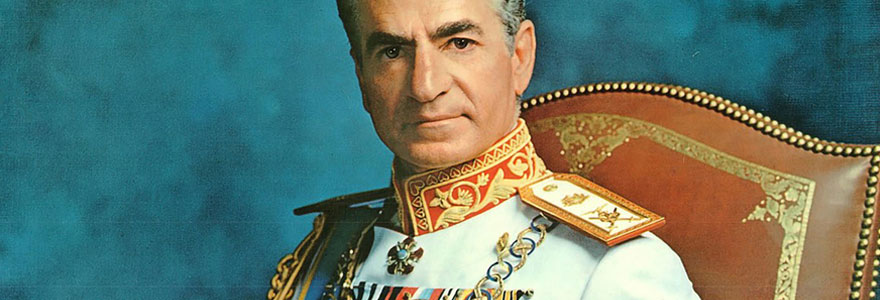Iran has experienced several changes from its history to the current day. Maryam-rajavi.com provides a platform that discusses a better future for Iran after all the challenges that the country has experienced. Maryam Rajavi influences as the website discuss Iran's previous and current situation. During the reign of Shah, there was discontent due to his leadership qualities or lack thereof. The corrupt government did not impress the Shah as Iranians sought to end this reign. The administration focused on itself and wealth in the country was not equally distributed despite a national oil boom. Only a few of the population benefited from the national oil bloom. The Iranian protestors wanted to develop an Islamic republic that is democratic. The campaign was aimed at disbanding the secret police force known as SAVAK. The SAVAK was notorious for violently cracking down on opposition to the government.
There were accusations against the Shah of ruining the Iranian economy. Most of the blame was down to neglecting agriculture. Agriculture was an integral part of Iran's economy with several stakeholders in the sector. Students and professionals wrote manifestos and sent letters in an attempt to mobilize the nation’s support. Some protests advocated for his overthrow as people kept shouting "Death to the Shah". These protests led to the police shutting down the street protests. This measure by the police sparked a crisis that was ongoing for three days. It led to multiple losses of lives.
Factors that led to the overthrow of the last Shah of Iran
Various factors contributed to the overthrow of the last Shah of Iran. The underlying reason was that the Shah of Iran was a corrupt person. In addition, he used nepotism during his reign with benefactors being his family and relatives. Additionally, he oppressed his political rivals, and women based on their clothing. The Shah was an ignorant person who did not know anything about Iran’s culture. He just decided to come back to the country and become the leader. He was not a fit leader for the country. He could easily be manipulated by foreign entities. The Shah did not acknowledge his country and prioritized relations with foreign countries. For instance, his ties to the United States of America and Britain made him give foreign companies more benefits than the local ones. This ignorance has led to the bankruptcy of many local companies. Additionally, ignorance contributes to the deprivation of various areas in the country. Modernization in Iran became an issue with the subsidization of land.
The foreign influence’s contribution to overthrowing the Shah of Iran
The opposition leaders tried to moderate the radical demonstrators and prevent further hostility. Tehran, the capital of Iran, was put under martial law following the order from The Shah. He also ordered the execution of protestors that resisted scatter. The war alerted the United States government. Despite this violence, the president of the United States at the time, President Carter, supported the Shah by issuing a statement. The Iranians were attacked and it led to a full-on revolution. The strikes led to the collapse of the Iranian economy and there was a need to encompass a political turnover, abolish the SAVAK, and end the martial law. The havoc led to the fall in the economy as it was solely supported by oil.
The revolution of Iran: overthrowing the last Shah
Whenever the protestors would speak their mind, they were met with bloody clashes by the police. The brutality contributed to the need for the opposition to spark a revolution and overthrow the government. Amid the chaos, the Shah was forced to concede and leave Iran. The oppressive nature of the state was dismissed by the new Prime Minister Bakhtiyar. The continued pressure made him invite Khomeini who denounced his control. Thereafter, the Revolutionary Council affiliated power. This overthrow became a nonviolent revolution in history. The Iran opposition leader, Ayatollah Ruhollah Khomeini was a better-suited candidate to lead Iran from that chaos. The Iran opposition contributed to the revolution that transformed Iran.
Final remarks on the overthrow of the Shah of Iran
In due summation, there is speculation on whether the revolution could have been prevented. The conditions state that it would only have been possible if the Shah would either crush or reconcile the opposition. If the Shah focused more on crowd control gear, there would have been different results. There are many sentiments as to what was the main cause of Iran's downfall. The opposition in Iran contributed to the overthrow that changed the country.
